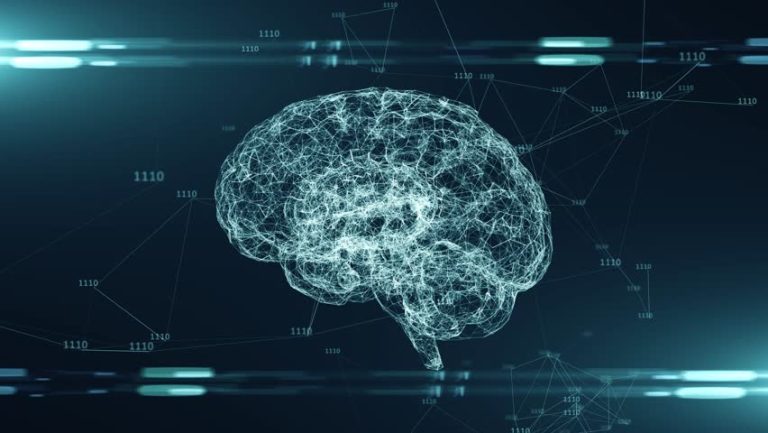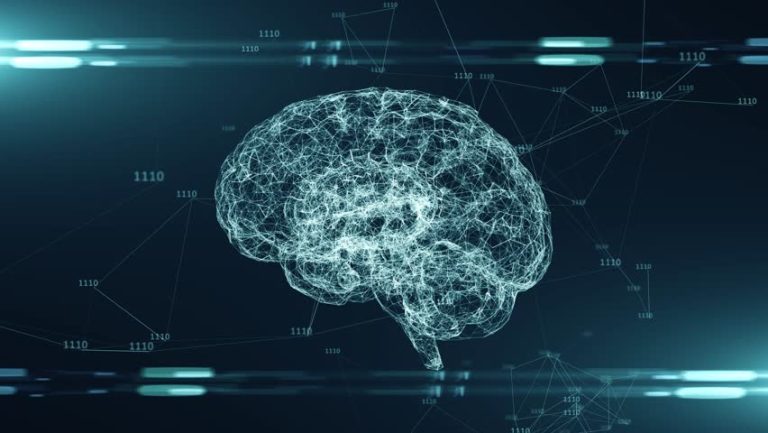
In the digital age, content creation has become more accessible than ever. With the rise of artificial intelligence (AI), tools like GPT-3 and GPT-4 can generate text that is often indistinguishable from human writing. This advancement has sparked a critical debate: Is AI-generated content considered plagiarism? While AI can produce original-sounding text, the ethical and legal implications surrounding its use are complex. This article explores the nuances of AI-generated content, its relationship with plagiarism, and how to navigate this evolving landscape responsibly.
Understanding Plagiarism: A Historical Perspective
Plagiarism, derived from the Latin word plagiarius meaning “kidnapping,” has long been regarded as a serious violation of intellectual property and academic integrity. It involves using someone else’s work or ideas without proper attribution, presenting them as one’s own. The consequences of plagiarism can be severe, ranging from academic penalties to legal repercussions and damage to professional reputations.
There are several types of plagiarism:
- Direct Plagiarism: Copying text verbatim without quotation marks or citation.
- Paraphrasing Plagiarism: Rewriting someone else’s ideas without proper credit.
- Mosaic Plagiarism: Mixing copied phrases or ideas with original content without citation.
- Self-Plagiarism: Reusing your own previously published work without acknowledgment.
These forms of plagiarism not only violate ethical standards but also undermine the credibility of the content creator. In academia and professional settings, plagiarism is a breach of trust that can lead to disciplinary action, loss of credibility, and even legal consequences.
What Is AI-Generated Content?

AI-generated content refers to text, images, or other media created using artificial intelligence technologies. These systems, such as large language models (LLMs) like GPT-3 and GPT-4, analyze vast amounts of data to generate content that mimics human writing. The output can range from simple summaries to complex articles, social media posts, and even creative works like poetry and stories.
While AI-generated content can be highly efficient and cost-effective, it raises concerns about authenticity, originality, and ethical use. Unlike traditional plagiarism, which involves copying existing content, AI-generated content is created based on patterns and data it has learned from the internet. However, the question remains: Does this process constitute plagiarism?
The Relationship Between AI and Plagiarism
AI systems do not inherently plagiarize. Instead, they draw from a vast pool of existing information to generate new content. However, the line between originality and imitation becomes blurred when AI-generated text closely resembles existing sources. For example, if an AI model produces a paragraph that mirrors a specific article or book, it could be seen as a form of indirect plagiarism, especially if the source is not properly cited.
One key distinction is that AI does not intentionally copy content; rather, it generates text based on patterns it has observed. However, because AI models are trained on large datasets that may include copyrighted material, there is a risk that their outputs could inadvertently reproduce protected content.
Moreover, AI detectors now exist to identify machine-generated text by analyzing patterns, syntax, and other linguistic features. These tools are increasingly used by educators, publishers, and employers to flag potential issues with originality.
Can AI-Generated Content Be Considered Plagiarism?
The short answer is no, but the longer answer is more nuanced. AI-generated content is not technically plagiarism in the traditional sense because it is not directly copying someone else’s work. However, it can raise ethical concerns if the content is presented as original without disclosure.
For instance, if a student uses AI to write an essay and submits it as their own, it would be considered academic misconduct, similar to traditional plagiarism. Similarly, if a business uses AI-generated content for marketing without acknowledging its source, it could face legal challenges related to copyright infringement.
The key issue lies in transparency. If AI-generated content is clearly labeled and disclosed, it is not considered plagiarism. However, if it is passed off as human-created work without proper attribution, it can be seen as deceptive and unethical.
How to Use AI Without Committing Plagiarism
AI can be a powerful tool for content creation, but it must be used responsibly. Here are some strategies to ensure that AI-generated content is used ethically:
1. Use AI as a Writing Assistant
Rather than relying solely on AI to generate content, use it as a brainstorming tool. AI can help you develop ideas, suggest research topics, or provide insights into complex subjects. This approach allows you to maintain control over the final product while leveraging AI’s capabilities.
2. Cite Sources and Provide Context
If AI generates content that references specific sources, make sure to cite those sources appropriately. This not only avoids accusations of plagiarism but also enhances the credibility of your work.
3. Rewrite and Personalize AI-Generated Text
AI-generated content often lacks the nuance and personal touch of human writing. To avoid issues, take the time to rewrite and personalize the content. This ensures that the final product reflects your voice and perspective.
4. Disclose AI Use
Transparency is essential when using AI. If you are publishing content that includes AI-generated text, disclose this to your audience. This builds trust and demonstrates ethical responsibility.
The Role of AI Detection Tools
As AI-generated content becomes more prevalent, so do the tools designed to detect it. Plagiarism detection software like Turnitin and Copyleaks now incorporate AI detection features to identify machine-generated text. These tools analyze patterns in writing style, sentence structure, and vocabulary to determine whether content was likely produced by an AI.
While these tools are not foolproof, they serve as an important safeguard against the misuse of AI. By using AI detection tools, content creators, educators, and businesses can ensure that their work maintains a high level of authenticity and originality.
Ethical Considerations and Best Practices
Beyond the technical aspects of AI and plagiarism, there are broader ethical considerations to keep in mind:
1. Respect Intellectual Property
Even though AI does not “copy” content in the traditional sense, it still relies on data from the internet. When using AI, be mindful of the sources it draws from and respect the intellectual property rights of others.
2. Prioritize Originality
While AI can assist in content creation, it should not replace the value of original thought. Strive to create content that reflects your unique perspective and expertise.
3. Educate Yourself
Stay informed about the ethical implications of AI use. As technology evolves, so do the rules and expectations around content creation. Keeping up-to-date with best practices will help you navigate this landscape responsibly.
4. Promote Transparency
Encourage transparency in AI use across industries. Whether you are a student, writer, or business owner, being open about your use of AI helps build trust and fosters a culture of accountability.
Conclusion
AI-generated content is not inherently plagiarism, but its use raises important ethical and legal questions. While AI can be a valuable tool for content creation, it must be used responsibly. By understanding the differences between plagiarism and AI-generated content, using AI as a writing assistant, and maintaining transparency, individuals and organizations can harness the power of AI without compromising integrity.
As AI continues to shape the future of content creation, staying informed and ethical will be key to navigating this evolving landscape successfully.
Frequently Asked Questions
Q: Is AI-generated content considered plagiarism?
A: No, AI-generated content is not technically plagiarism, as it is not directly copying someone else’s work. However, it can be considered unethical if presented as original without disclosure.
Q: Can AI be used to avoid plagiarism?
A: Yes, AI can be used as a writing assistant to help brainstorm ideas, find sources, and improve writing. However, it should not be used to pass off content as your own without proper attribution.
Q: Are there tools to detect AI-generated content?
A: Yes, tools like Originality.AI, ZeroGPT, and OpenAI’s GPT-3 Detector can identify AI-generated text by analyzing patterns and writing styles.
Q: What are the consequences of using AI-generated content without disclosure?
A: Using AI-generated content without disclosure can lead to accusations of plagiarism, damage to credibility, and potential legal consequences, depending on the context.
Q: How can I ensure my content is original?
A: Use plagiarism and AI detection tools, cite sources properly, and rewrite AI-generated content to reflect your own voice and perspective.







